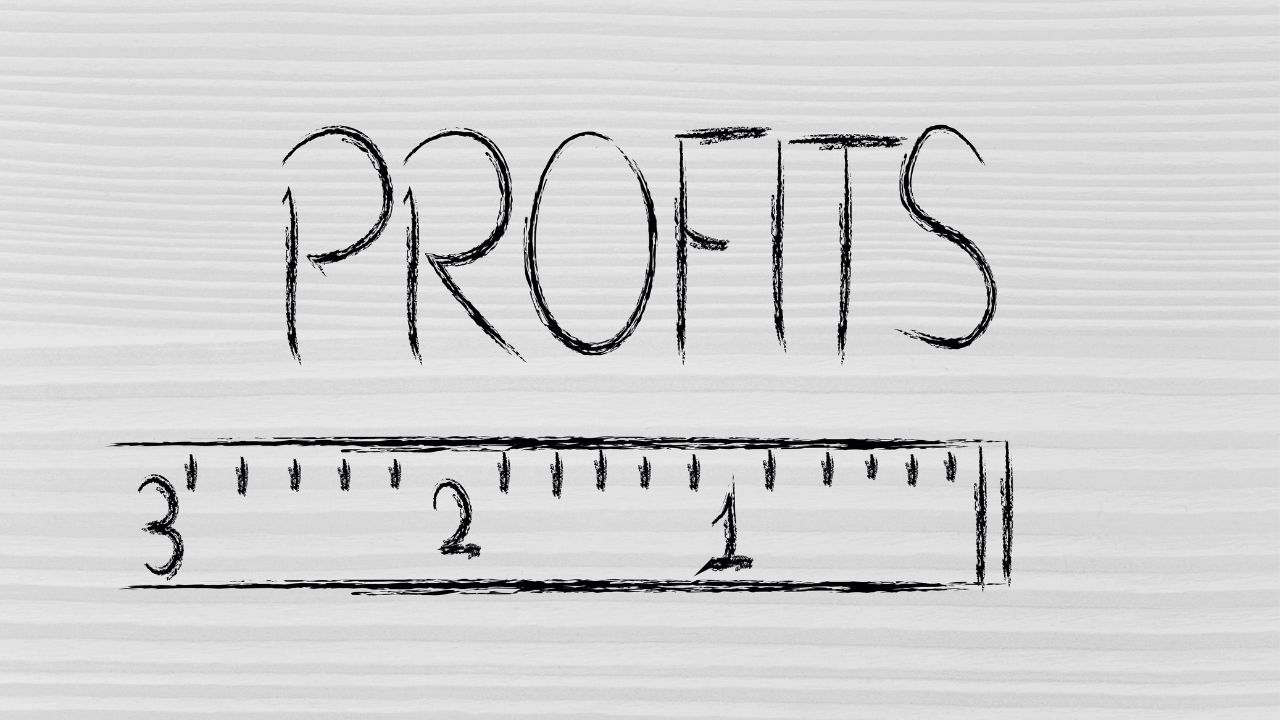
Every business wants to grow and become more profitable. But why are some businesses successful while others aren’t?
Much of this has to do with who businesses sell to. Believe it or not, marketing to your current customers is the fastest way to grow your business and, more specifically, increase sales.
Unfortunately, these are the people that many businesses are guilty of ignoring. And look, I get it—as a business owner, your inner visionary is likely focused on strategically engaging more of your target demographic so that you can reel in new prospects.
In fact, one of the first things business owners do when they’re starting out is leverage as many outbound and inbound marketing tools as possible. They launch a website, buy ads, and put up billboards to help them spread the word.
But what if I told you that focusing more of your efforts on those who already know you, like you, and trust you is a much faster and easier way to grow?
There are a few reasons for this.
For one, it’s less expensive. Think about all the money you might spend targeting, nurturing, and converting a cold lead into a paying customer. With an existing customer, you don’t have to reinvent the wheel! You can start up a conversation at any point because you already know them.
What’s more, it’s easier to sell high-ticket items. New customers are often entry-level buyers. If they haven’t bought from you before, they may be hesitant to splurge on a more expensive product or service. Existing customers, on the other hand, are often more willing to buy a high-ticket item because they have had positive experiences with your entry-level items.
So, focus on these three areas of the sales cycle to leverage the full potential of an existing customer:
1. Turn Your First-Time Customers into Frequent Buyers
Unless you want your business to operate like a revolving door (as many businesses do), you need to convince your first-time customers to come back. The key to turning them into repeat customers, of course, is to “wow” them with your products and services.
Imagine you and your staff are on a “first date” with a potential customer. First, you should ensure that you give them your undivided attention. From there, you will want to position your business as the solution to their “problem.”
If you want to supercharge repeat sales, consider implementing a frequent buyers program where customers enjoy a discount or free add-on after a certain number of purchases.
If you’re feeling especially bold, survey your past customers on why they didn’t buy from you again and what you could improve. This honest feedback will help you take actionable steps toward improving your products and services.
2. Convince Your Customers to Increase Their Order Sizes
McDonald’s famous line, “Do you want fries with that?” is a great example of how a business can make upselling part of its sales routine. Amazon has also mastered the art of upselling by displaying a “Customers Also Bought” section whenever someone purchases an item.
While you might not operate a global fast-food chain or e-commerce conglomerate, chances are that there are all kinds of ways for your business to implement this sales strategy. First, make sure your staff knows your add-on products and services inside out. Then, instruct your team members to ask customers questions that will lead to add-on sales.
Remember, the goal is to provide solutions for your customers’ problems. In fact, I would argue that it’s your responsibility to do this. Make sure your staff members know how to identify and present relevant products and services that will meet those needs.
3. Encourage Your Existing Customers to Refer Their Friends
Of course, the best way to encourage referrals is to deliver an unforgettable experience that customers can’t help but share with those around them. However, there are other ways to further encourage customer referrals as well.
To start, you can ask a customer if they know anyone in their circle dealing with a similar problem. After all, once your customer sees that your business can help, they will be eager to put the two of you in touch!
You can also incentivize referrals by creating a program that rewards customers for referring a friend. Your program might feature a discount for the existing customer and new buyer, or a free add-on with their next purchase!
